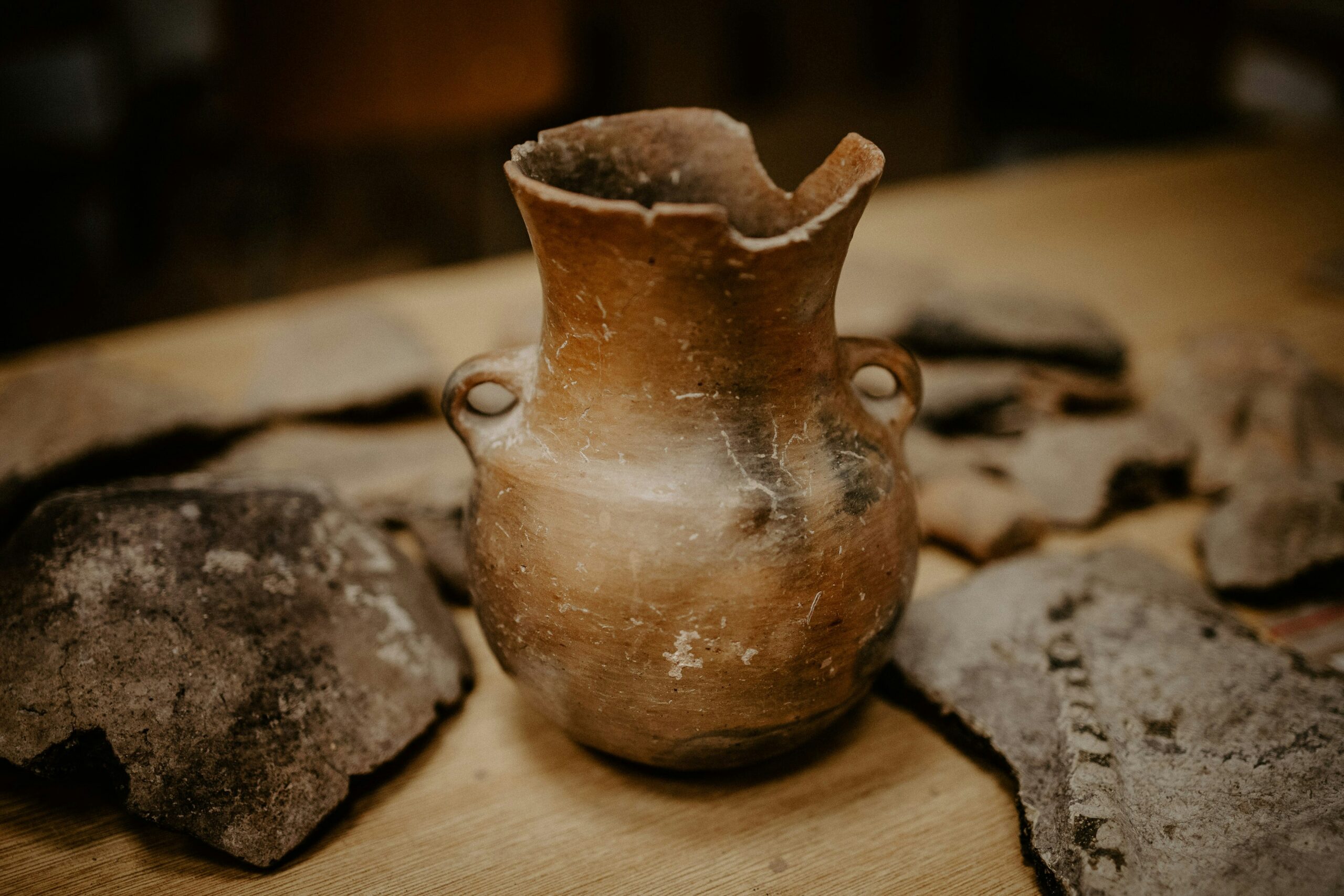
Archaeologists have made a significant discovery during a £5 million sewer construction project near Full Sutton in East Yorkshire.
The excavation uncovered prehistoric and early historic sites, including a burial monument estimated to be around 4,500 years old, parts of a Roman road, and a burnt mound. The burial monument contained well-preserved human remains and was surrounded by burnt stone and charcoal, indicating intentional burial practices. The circular monument was covered by a dome-shaped mound and is believed to belong to the Later Neolithic or Bronze Age period.
Nearby, a burnt mound was discovered, with a small earth oven and a well-like structure. Samples from the well, including preserved wooden linings and soil, could offer insights into past plant and insect life. Remnants of a Roman road were also found, suggesting it likely led to the remains of the Roman town of Derventio in Reckondales.
Yorkshire Water, overseeing the project, expressed enthusiasm for the archaeological findings. The analysis phase of the project is pending, during which researchers will delve deeper into the significance of these discoveries.
How Has Tech Helped Us Explore Our History?
Advancements in technology have transformed our understanding of prehistoric and historic periods, providing valuable insights into our past. Advancements in technology have made it possible for us to recreate previous environments, analyse the patterns of human settlements, and preserve historical artifacts digitally. By utilising these tools, researchers have acquired significant knowledge about the lifestyles, cultures, and interactions of past civilisations, which has bettered our understanding of human history.
What Kind Of Tech Do Archeologists Utilise?
Remote Sensing Techniques
Remote sensing techniques, such as LiDAR (Light Detection and Ranging) and satellite imagery, have emerged as significant tools in this regard. With the help of these technologies, researchers can uncover hidden archaeological features below the Earth’s surface without extensive excavation, thereby enabling a broader perspective of ancient landscapes.
Ground-Penetrating Radar (GPR)
Ground-penetrating radar (GPR) is another breakthrough technology that allows archaeologists to visualise subsurface structures and artefacts non-invasively. By emitting electromagnetic waves into the ground and measuring their reflections, GPR can detect buried objects and ancient structures, such as buildings, roads, and gravesites. This method aids in mapping archaeological sites and planning excavations more efficiently.
Geographic Information Systems (GIS)
Geographic Information Systems (GIS) have also revolutionised archaeology. GIS integrates spatial data to analyse patterns and relationships within archaeological sites and landscapes. By overlaying various data sets, including topography, vegetation, and historical maps, researchers can reconstruct past environments, settlement patterns, and human activities throughout history.
More from News
Dating Techniques
Advances in dating techniques, such as radiocarbon dating and dendrochronology, have also enhanced our ability to establish accurate timelines for archaeological sites and artefacts. These methods rely on scientific principles to determine the age of organic materials, allowing archaeologists to place discoveries within precise chronological frameworks and refine our understanding of past civilisations.
3D Scanning and Modelling
3D scanning and modelling technologies enable detailed documentation and analysis of archaeological finds. By creating digital replicas of artefacts, monuments, and archaeological sites, researchers can preserve fragile objects, share data with colleagues worldwide, and conduct virtual reconstructions to explore different hypotheses about their original appearance and function.
Why Is Tech Crucial For Archaeologists?
Archaeology would face significant challenges without technological advancements. Traditional methods rely heavily on manual excavation, which limits the scope and efficiency of research.
Tools like LiDAR and ground-penetrating radar are essential for uncovering buried structures and artifacts faster and with less labor. Geographic Information Systems (GIS) aid in data analysis and interpretation, enhancing our understanding of past landscapes and human activity. Dating techniques like radiocarbon dating would be less precise, which would hinder chronological frameworks for archaeological sites.
Additionally, 3D scanning and modeling technologies allow for detailed documentation and analysis, preserving fragile artifacts digitally. Overall, technology has revolutionised archaeology, enabling researchers to discover new insights into our past with greater speed, accuracy, and efficiency.
Technology is crucial for us to gain a better understanding of our prehistoric and historic past. From remote sensing and ground-penetrating radar to GIS and advanced dating techniques, these tools empower archaeologists to explore ancient ruins, discover valuable artefacts, and piece together the puzzle of human history with shocking accuracy and insight.
